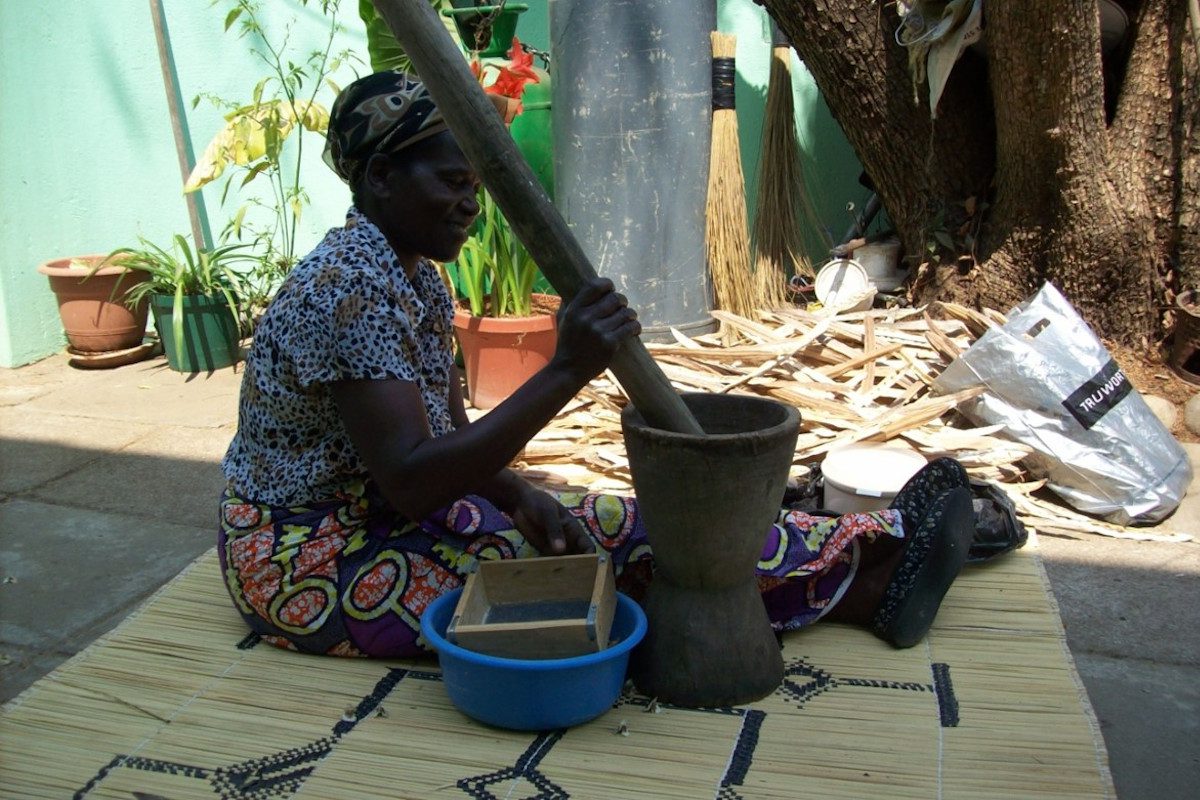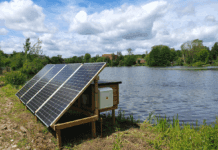
· One in three people cannot access clean drinking water. Moringa seed extracts have been used for centuries to help purify water in regions where clean water is not available.
· Researchers have used neutrons and X-rays to identify and characterise key proteins underlying the unique water purification properties of Moringa seeds. This information may allow better exploitation of this abundant resource.
Seeds from the Moringa tree have unique water purification properties. The seed extract can separate unwanted particulates from water, sedimenting impurities. They also have potential as anti-microbial treatment – the unprocessed seed powder may sediment over 90% of the bacteria from raw water.
Clean water is critical to good health, yet according to the World Health Organisation, 1 in 3 people globally still do not have access to safe drinking water. In new research published in the Journal of Colloid and Interface Science, researchers say they have identified what happens at the molecular level during these processes, where contaminants clump together and are filtered out, or deposited at the bottom. This can help optimise the use of this valuable natural resource – which grows around the world, in Asia, Africa, South and Central America – to develop reliable and sustainable infrastructures for safe drinking water across the globe.
Extracts from the seed could be promising alternatives to chemical water treatment, food preservatives, or antibacterial treatments – especially where the pathogen has become resistant to front-line antibiotics. The low cost and high availability of this seed material also represents an important opportunity in developing sustainable water purification, and could help provide clean water to small communities in developing countries where Moringa grows.
As part of an international collaboration between universities in Europe and Africa, researchers at the facilities Institut Laue-Langevin (ILL – the world’s flagship centre for neutron science) and the European Synchrotron Radiation Facility (ESRF) have shown how specific proteins from Moringa oleifera seed interact. The scientists have isolated one component of the crude extract for study. They used neutron and X-ray analytical techniques at the ILL and ESRF to establish the structure of the Moringa protein Mo-CBP3-4 and to understand the nature of the surface behaviour of various components related to this protein.
In previous studies at ILL (see here and here) scientists have examined how the unprocessed Moringa seed extract can be used for purification – discovering the application of a naturally occurring system. However, this extract contains many different components. By focusing on a particular protein, the researchers have been able to identify specific mechanisms underlying the water purification properties of Moringa seeds – which will support the development of synthetic solutions for future applications, avoiding the inconveniences of using organic materials.
Understanding the molecular structure of key proteins such as Mo-CBP3-4 in more detail may lead to the synthetic production of the active components. These could be deployed in rural communities to help provide clean water, or form part of advanced technologies for water purification in more developed infrastructures. This would reduce the need to add whole seed extract to water and minimise the presence of unnecessary organic matter that could encourage the growth of further micro-organisms.
Using powerful instruments, the researchers probed the structure of the seed proteins by using intense neutron and X-ray beams. “Neutrons and X-rays are valuable tools in these sorts of experiments, where a high level of detail is required. Neutron reflectometry is specifically designed for characterising surfaces and solutions. In this instance, it helped to reveal the nature of Moringa protein interactions” says Dr Martine Moulin, the lead author of the study.
Surface behaviour can be very important in the context of water purification, providing direct and specific information about the Moringa proteins at solid/liquid interfaces. The details of this system could not be determined by any other methods.
ILL says it has some of the best facilities in the world for undertaking neutron reflectometry. The method was used in combination with an array of other techniques such as chromatography and mass spectrometry, as well as X-rays at the ESRF – used for the determination of the crystal structure.
Having produced and characterised a defined protein, the researchers are now trying to understand the roles that other molecular components play. One isolated component cannot dictate all water purification properties. As such, the effectiveness of Moringa will require the identification and understanding of a combination of components. A process derived from this increased knowledge of Moringa could scale up existing capabilities.
Professor Adrian Rennie, the corresponding author, says “We are hoping to continue identifying the roles played by other components in the seeds, and recognise which varieties are best suited to various practical applications. In parallel, there are already efforts to disseminate the understanding from our work for practical use in countries across Africa where Moringa grows.”
The neutron reflection instrument D17 at the ILL was used in this study. You can find out more about D17 here: https://www.ill.eu/users/instruments/instruments-list/d17/description/instrument-layout/
The structural biology beamlines at ESRF were also used as part of this study – further detail is available here: https://www.esrf.eu/UsersAndScience/Experiments/MX
“Towards a molecular understanding of the water purification properties of Moringa seed proteins”, M. Moulin, E. Mossou, L. Signor, S. Kieffer-Jaquinod, H.M. Kwaambwa, F. Nermark, P. Gutfreund, E.P. Mitchell, M. Haertlein, V.T. Forsyth, A.R. Rennie [doi:10.1016/j.jcis.2019.06.071]






